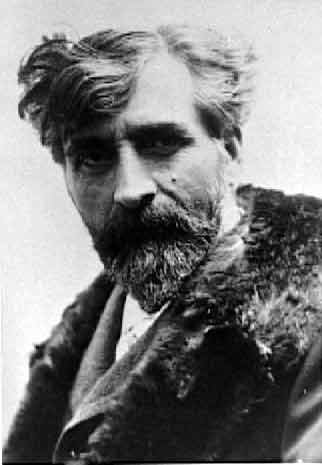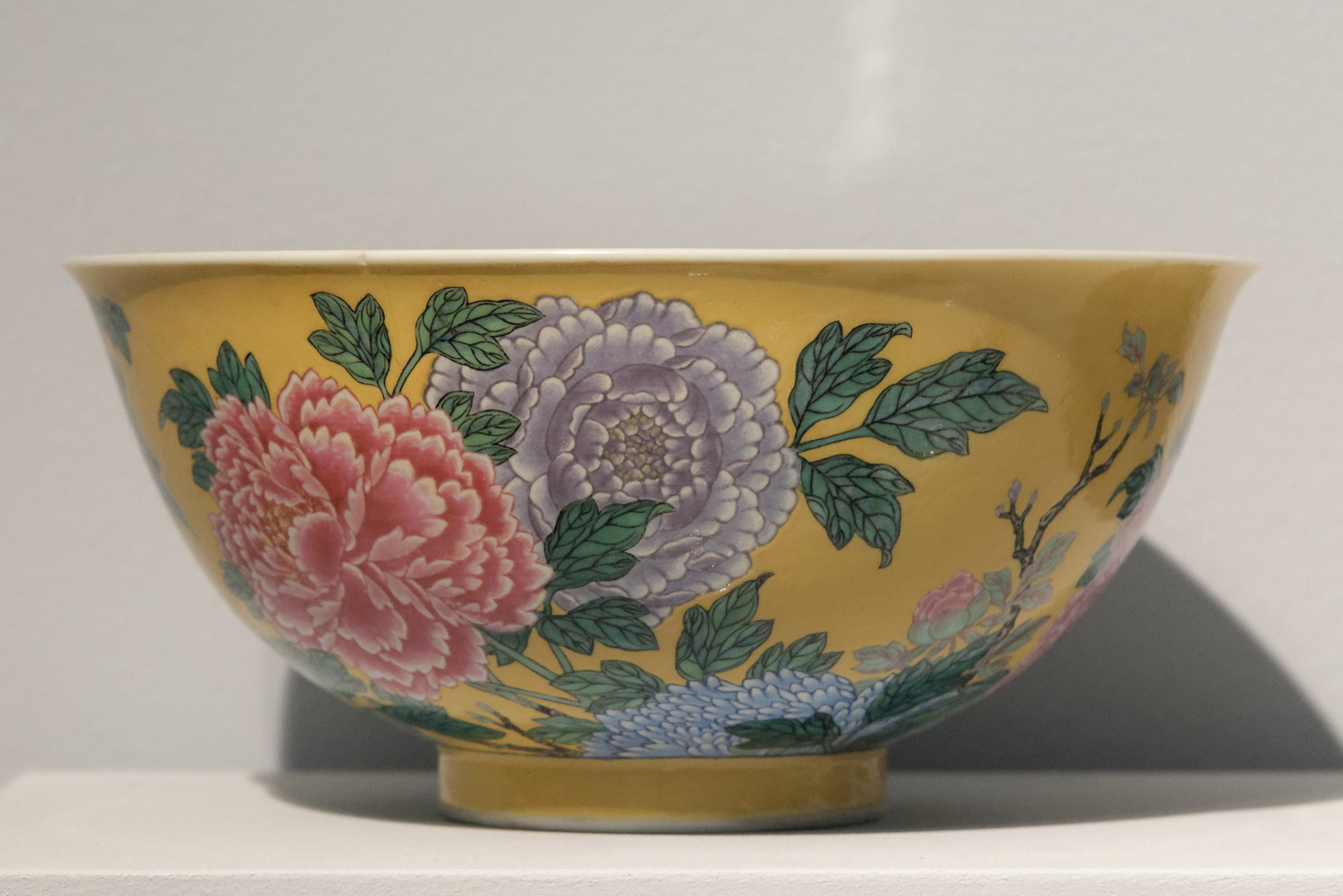|
Académie Royale De Danse
The Académie Royale de Danse, founded by Letters Patent on the initiative of King Louis XIV of France in March 1661, was the first dance institution established in the Western world. As one of King Louis’ first official edicts after the death of royal adviser Jules Mazarin, the “Letters Patent of the King to Establish a Royal Academy of Dance in the City of Paris” represented a critical step towards the young King's wielding of consolidated personal power. Structurally, the Académie consisted of thirteen dancing masters selected by King Louis XIV for being the “most experienced in the Art f dance” This "experience" was determined by each dancer's history of success in previous royal productions of ''ballets de cour''. Most famously, eight of the selected dancing masters performed with King Louis XIV during his portrayal of Apollo, the Sun King, in ''Le'' ''Ballet de la nuit'' (1653). Although the object of the Académie was to reflect, analyze and normalize matters of ... [...More Info...] [...Related Items...] OR: [Wikipedia] [Google] [Baidu] |
Lettres Patentes
Letters patent ( la, litterae patentes) ( always in the plural) are a type of legal instrument in the form of a published written order issued by a monarch, president or other head of state, generally granting an office, right, monopoly, title or status to a person or corporation. Letters patent can be used for the creation of corporations or government offices, or for granting city status or a coat of arms. Letters patent are issued for the appointment of representatives of the Crown, such as governors and governors-general of Commonwealth realms, as well as appointing a Royal Commission. In the United Kingdom, they are also issued for the creation of peers of the realm. A particular form of letters patent has evolved into the modern intellectual property patent (referred to as a utility patent or design patent in United States patent law) granting exclusive rights in an invention or design. In this case it is essential that the written grant should be in the form of a pub ... [...More Info...] [...Related Items...] OR: [Wikipedia] [Google] [Baidu] |
Gaston Vuillier
Gaston Charles Vuillier (7 October 1845, Perpignan – 2 February 1915, Gimel-les-Cascades) was a French painter, designer, traveller and ethnographer. He was employed by many of the major periodicals and journals of the time; including ''Le Tour du monde'' and ''Le Monde illustré''. Biography His father, Paul Vuillier, was a blacksmith from Aude, where he spent most of his childhood. Later, he attended a boarding school in Perpignan. He originally studied to be a lawyer, and worked as a notary, but his desire to be an artist asserted itself, and he enrolled at the ."Le tour du monde de Gaston Vuillier. Biographie d’un peintre ethnographe" by Daniel Fabre @ Bérose, encyclopédie en ligne des savoirs anthropologiques. It was, however, while serving with the French Arm ... [...More Info...] [...Related Items...] OR: [Wikipedia] [Google] [Baidu] |
Jean-Denis Dupré
Jean-Denis is a masculine given name, and may refer to: * Jean-Denis Bredin (born 1929), a French attorney * Jean-Denis Délétraz (born 1963), a Swiss racecar driver * Jean-Denis Lanjuinais (1753–1827), a French politician, historian and nobleman * Jean-Denis Lejeune (born 1959), a Belgian protester See also * * Jean Denis (politician) Jean Denis (10 November 1902 – 10 March 1992) was a Belgian politician and writer. Through his written work he was the chief ideologue of the Rexist movement. A native of Chastre-Villeroux-Blanmont in Walloon Brabant, Denis was educated to d ... (1902–1992), a Belgian politician and writer {{given name, nocat Compound given names French masculine given names ... [...More Info...] [...Related Items...] OR: [Wikipedia] [Google] [Baidu] |
Louis Dupré (dancer)
Louis Dupré (1697–1774) was a French ballet dancer, ballet master and ballet teacher. Life Probably first dancing in child roles under the name "Petit Dupré", he made his official débuts at the Royal Academy of Music in 1714 and became its balletmaster in 1739. From 1725 to 1730, he regularly put on productions in London, Dresden and at the Polish court. Until 1743 he was one of the principal professors at the dance school of the National Opera of Paris, where his students included Marie-Anne de Camargo, Gaétan Vestris, Jean-Georges Noverre, Maximilien Gardel and Jean-Baptiste Hus. Casanova was one of his devoted admirers. Technically accomplished, he was an emblematic figure of French ''belle danse'', and in his time he was called "le Grand Dupré" and "god of the dance". Collège Louis le Grand He composed several ballets for the students of the Collège Louis le Grand In France, secondary education is in two stages: * ''Collèges'' () cater for the first ... [...More Info...] [...Related Items...] OR: [Wikipedia] [Google] [Baidu] |
Antoine-François Botot Dangeville
Antoine-François Botot, known as Dangeville (26 May 1681 – c.1737) was a French dancing master, dancer and ballet teacher. He was born in Paris. His brother was the actor Charles Botot Dangeville. He made his début at the Académie royale de musique in 1701 and retired in 1748, although he remained a member of the Académie royale de danse until his death. Campardon lists Dangeville's roles Émile Campardon, ''L'Académie royale de musique au xviiie siècle'', Paris, Berger-Levrault, 1884, vol. I, pp. 162–168. He married the actress Anne-Catherine Desmares in 1707, with whom he had two sons and a daughter, who all became actors – the most notable was the daughter Marie-Anne Botot Dangeville Marie-Anne Botot (29 December 1714 - 29 February 1796) was a French comic actress. She was born and died in Paris. Her stage name was Mlle Dangeville la jeune. The daughter of the dancing-master Antoine-François Botot Dangeville and the actress .... References category:French ma ... [...More Info...] [...Related Items...] OR: [Wikipedia] [Google] [Baidu] |
Famille Malter
Famille jaune, noire, rose, verte are terms used in the West to classify Chinese porcelain of the Qing dynasty by the dominant colour of its enamel palette. These wares were initially grouped under the French names of ("green family"), and (pink family) by Albert Jacquemart in 1862. The other terms (yellow) and (black) may have been introduced later by dealers or collectors and they are generally considered subcategories of ''famille verte''. ''Famille verte'' porcelain was produced mainly during the Kangxi era, while ''famille rose'' porcelain was popular in the 18th and 19th century. Much of the Chinese production was Jingdezhen porcelain, and a large proportion were made for export to the West, but some of the finest were made for the Imperial court. Famille verte ''Famille verte'' (康熙五彩, ''Kangxi wucai'', also 素三彩, ''Susancai''), adopted in the Kangxi period around 1680, uses green in a few different shades and iron red with other overglaze colours. It devel ... [...More Info...] [...Related Items...] OR: [Wikipedia] [Google] [Baidu] |
Antoine Bandieri De Laval
Antoine is a French given name (from the Latin ''Antonius'' meaning 'highly praise-worthy') that is a variant of Danton, Titouan, D'Anton and Antonin. The name is used in France, Switzerland, Belgium, Canada, West Greenland, Haiti, French Guiana, Madagascar, Benin, Niger, Burkina Faso, Ivory Coast, Guinea, Senegal, Mauritania, Western Sahara, Morocco, Algeria, Tunisia, Chad, Central African Republic, Cameroon, Equatorial Guinea, Gabon, Republic of the Congo, Democratic Republic of the Congo, Burundi, and Rwanda. It is a cognate of the masculine given name Anthony. Similar names include Antaine, Anthoine, Antoan, Antoin, Antton, Antuan, Antwain, Antwan, Antwaun, Antwoine, Antwone, Antwon and Antwuan. Feminine forms include Antonia, Antoinette, and (more rarely) Antionette. As a first name *Antoine Alexandre Barbier (1765–1825), a French librarian and bibliographer *Antoine Arbogast (1759–1803), a French mathematician *Antoine Arnauld (1612–1694), a French theologia ... [...More Info...] [...Related Items...] OR: [Wikipedia] [Google] [Baidu] |
Les Spectacles De Paris
''Les Spectacles de Paris'' was a French theatrical almanac which appeared in Paris (from the Duchesne press) from 1751 to 1797 without break. It followed the ''Almanach des théâtres'', printed by Ballard, in 1744 and 1745. Over its 46-year life, it changed its name several times : * 1751 : ''Calendrier historique des théâtres de l'Opéra, et des Comédies Françoise et Italienne et des Foires'' * 1752 : ''Almanach historique et chronologique de tous les spectacles'' * 1753 : ''Calendrier historique des théâtres de l'Opéra, et des Comédies Françoise et Italienne et des Foires'' * 1754 : ''Les Spectacles de Paris, ou suite du Calendrier historique et chronologique des théâtres'' * 1763 : ''Les Spectacles de Paris, ou Calendrier historique & chronologique des théâtres'' * 1791 : ''Almanach général de tous les spectacles de Paris et des provinces'' * 1792 : ''Les Spectacles de Paris, et de toute la France, ou Calendrier historique & chronologique des théâtres''. It ... [...More Info...] [...Related Items...] OR: [Wikipedia] [Google] [Baidu] |
Maître à Danser
''Maître'' (spelled ''Maitre'' according to post-1990 spelling rules) is a commonly used honorific for lawyers, judicial officers and notaries in France, Belgium, Switzerland and French-speaking parts of Canada. It is often written in its abbreviated form ''Me'' or plural ''Mes'' in Belgian French and Canadian English. The origin of the honorific ''Maître'' is from the civil law tradition, and still widely used in France and Québec Quebec ( ; )According to the Canadian government, ''Québec'' (with the acute accent) is the official name in Canadian French and ''Quebec'' (without the accent) is the province's official name in Canadian English is one of the thirteen p .... See also * Esquire#Usage in the United States, equivalent honorific for lawyers in American English References {{DEFAULTSORT:Maitre Honorifics Mai Law of Belgium French words and phrases ... [...More Info...] [...Related Items...] OR: [Wikipedia] [Google] [Baidu] |
Dance Master
Dance Master UK is a dance competition held annually in the United Kingdom. Overview Dance Master UK was established in the late 1990s by the International Dance Teachers Association, as the male equivalent of their long running competition Miss Dance of Great Britain. Dance Master UK is a theatre dance competition for boys held annually in the UK with a national final held at the Winter Gardens in Blackpool, England. The finals also include the judging of '' Miss Dance of Great Britain'', and the ''International Ballet Championships''. Qualifying Entrants who wish to compete in the national finals of Dance Master, must first qualify for the competition by winning a regional heat. Heats are held at dance festivals nationwide throughout the year. The majority of these festivals are independently run and must apply to the IDTA in order to stage a heat of Dance Master. To enter a regional heat, competitors must be aged 16 years or over on the day of the competition and must ... [...More Info...] [...Related Items...] OR: [Wikipedia] [Google] [Baidu] |


.png)
